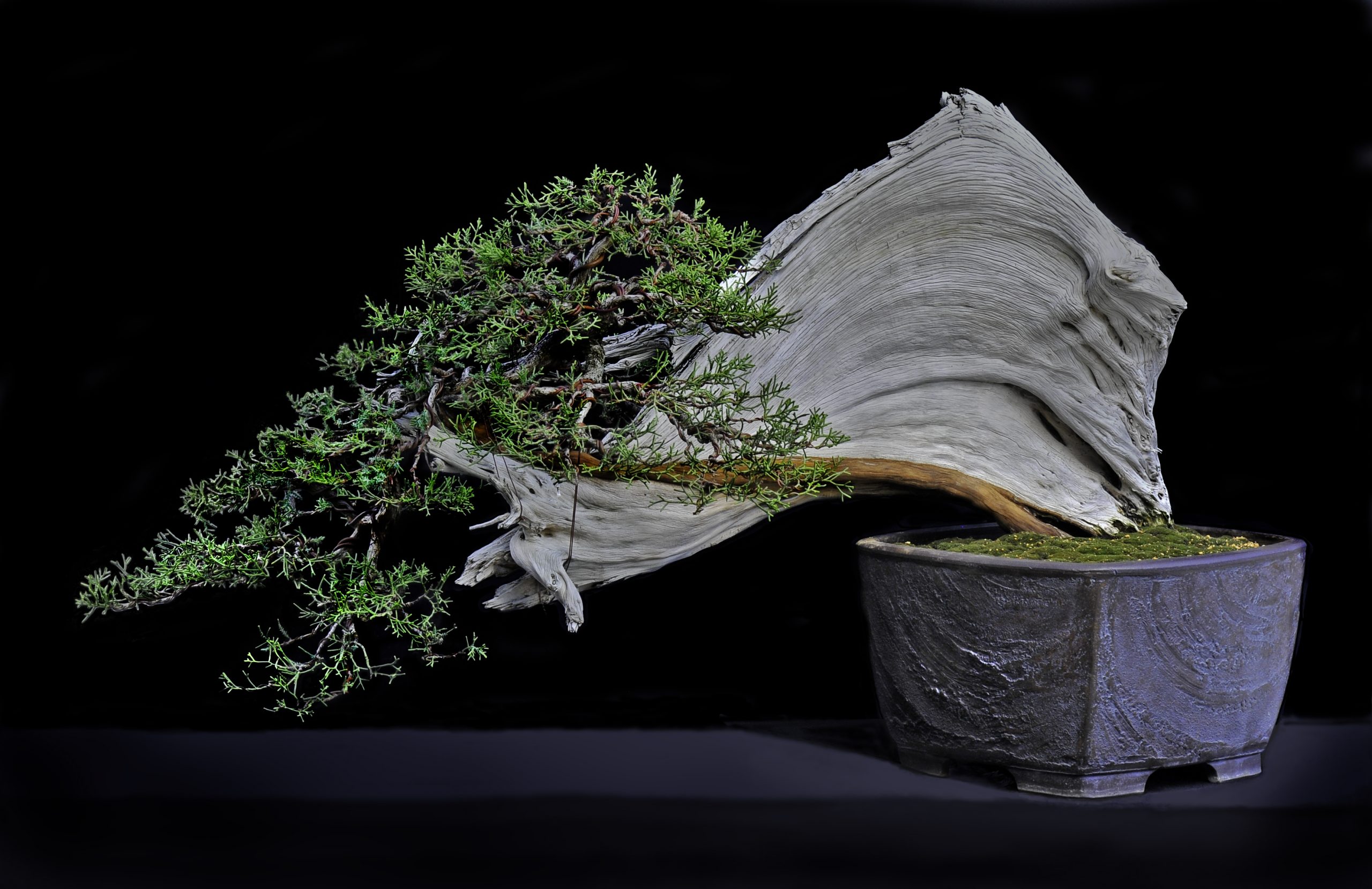Simply put, bonsai is a form of sculpture with living plants. But there’s nothing simple about it. Grown in a pot, these tiny trees, shrubs or woody herbs are trained to look – and act – like their full-size counterparts. Practiced for thousands of years – with origins in China and deep roots in Japan – bonsai is a collaborative, ongoing and humbling conversation with nature.
Like tidying, bonsai offers the chance to cultivate a deeper relationship with oneself and observe, in detail, the world around us. To learn more about this ancient art form, we spoke with Ted Matson, curator of the world-renowned bonsai collection at The Huntington Library, Art Museum and Botanical Gardens.
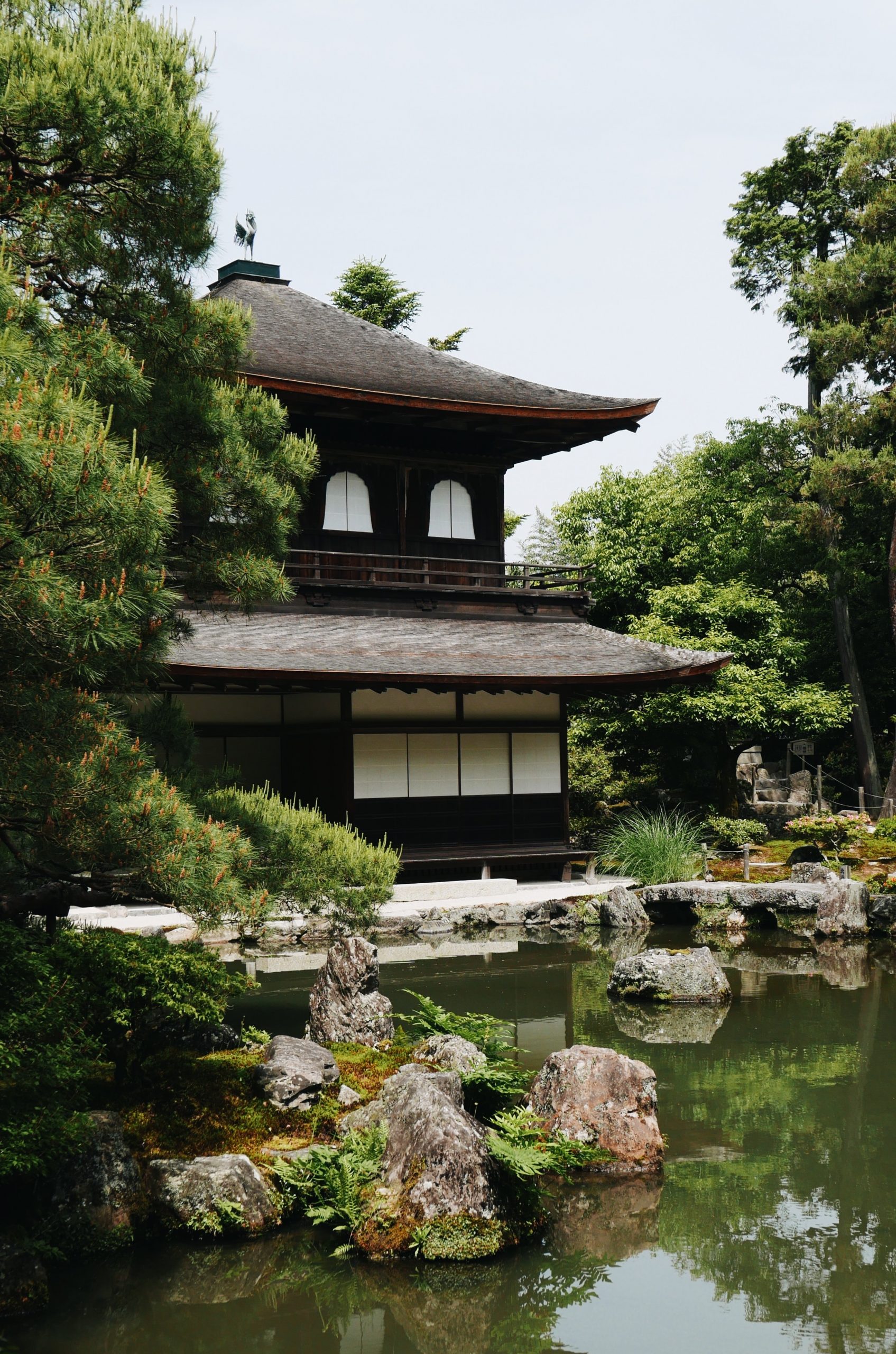
Practice Patience
Caring for bonsai trees means tending in cycles rather than being hands-on every day. “You’re always observing but must exercise restraint,” says Matson. “Sometimes it’s good to let plants grow and exert their strength a little bit.” Look but don’t touch, in other words.
This can be frustrating for beginners. Some trees, like the pine, might only need pruning twice a year – but keep in mind that’s only one aspect of the practice. Watering, checking for insects and paying attention to growth patterns are all important ways to care for a tree; these might seem less exciting than taking scissors to a branch, but nurturing a bonsai requires careful study.
“When you work on a bonsai, you actually slow down the metabolism of growth – in a physical sense,” says Matson. “In turn, you have to develop a certain patience in yourself.”
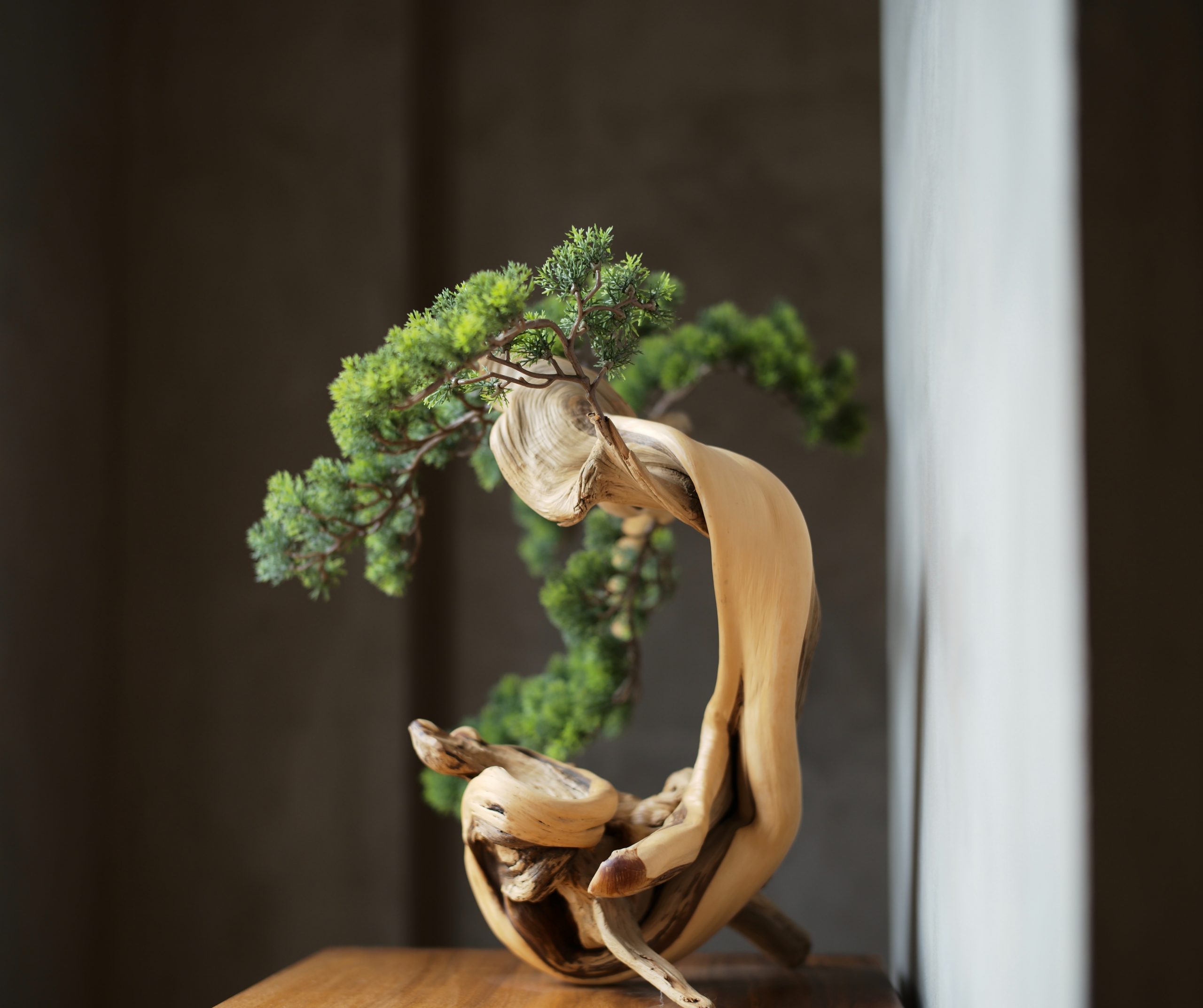
Quality Over Quantity
When curating a large, world-class bonsai collection like the one at The Huntington – where some of the trees are estimated to be over 1,000 years old – Matson must discard some of the bonsai trees, keeping only those of the highest quality for the institution. It’s letting go with gratitude, if you will, so that someone else may assume their care.
Emotionally, this can be difficult. In his personal collection, Matson has spent 30 years on a single bonsai. To practice bonsai is to nurture something that may very well outlive you. Tending to a tree is akin to cultivating a living sculpture for future generations. If you give up on your bonsai, it’s no longer a bonsai.
Go With the Flow
“When people get into bonsai, they often have this attitude of: I’m a designer – I’m going to transform this tree,” Matson says. “But you’re actually taught a lot by the trees themselves – they have a way of communicating things to you.”
Reading the signs of the tree will tell you when it’s time to trim or prune. A tree will even indicate where on the branch to trim. Every species is different, so to be good at bonsai, it’s important to research and study your specific type of tree. By going with the flow and following the patterns of nature, you give your bonsai the best chance to thrive.
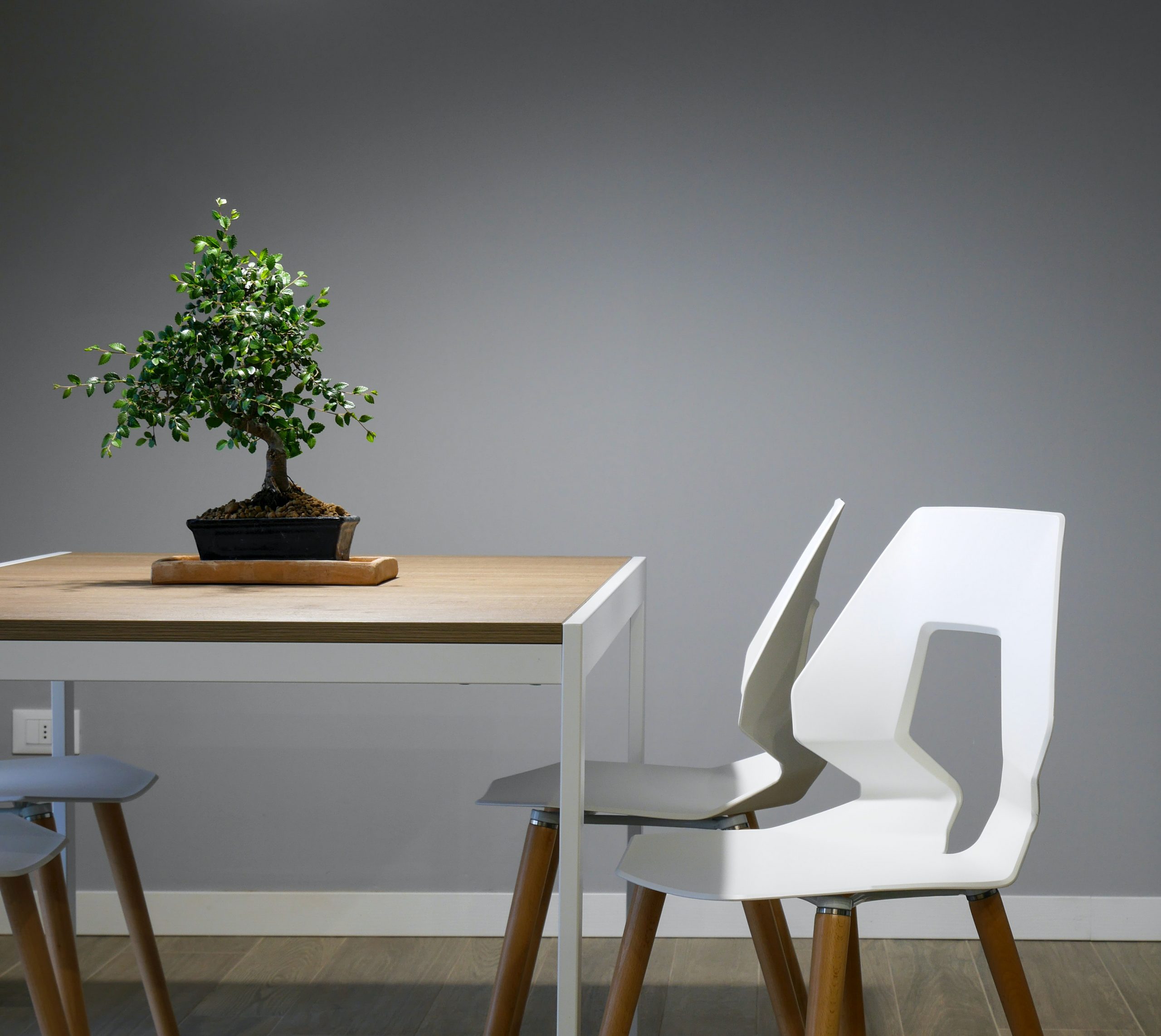
New Perspective
“I don’t consider myself particularly religious, but in bonsai, you witness miracles every day,” Matson says. “The power of nature is awe inspiring and humbling. For bonsai hobbyists, having a reverence and respect for nature is typical.”
Bonsai involves the artist and tree working in harmony, and this relationship often influences other aspects of life – whether it’s a renewed respect for one’s home, body or the people around you.
“You start working with these trees, and you go through a transformation yourself,” Matson says. The transformative effects are akin to those of tidying.
Get Started
If you’re interesting in pursuing bonsai, Matson recommends reaching out to other enthusiasts in your area, as not every type of tree will thrive in every climate. That said, Matson does suggest a few trees for beginners: ficus varieties – which can grow indoors in very extreme weather, elms – because they allow for lots of growth and activity, and Juniperus procumbens ‘Nana’ – as they’re easy to find and work with.
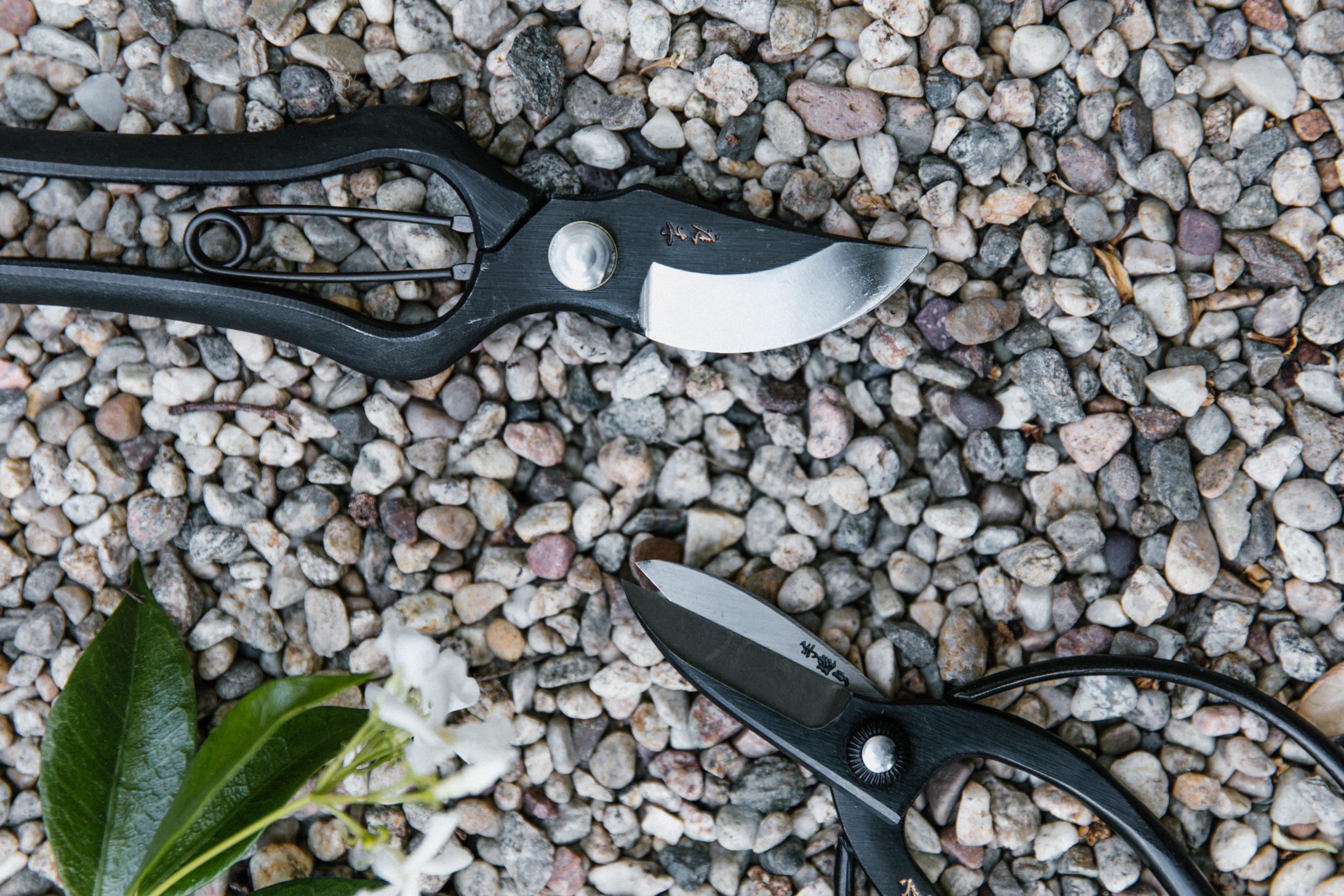
Bonsai is a type of mindful gardening with lessons that can be applied to all aspects of life. Whether you feel inspired to explore the practice itself or simply take in its wonder, we hope a deeper understanding of this ancient art sparks joy.



